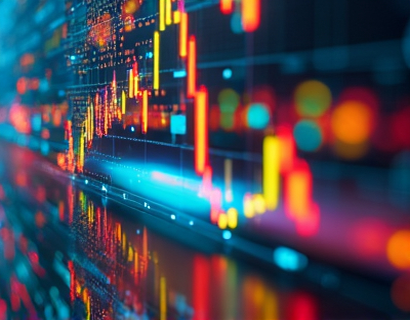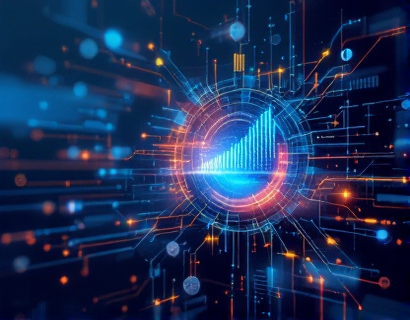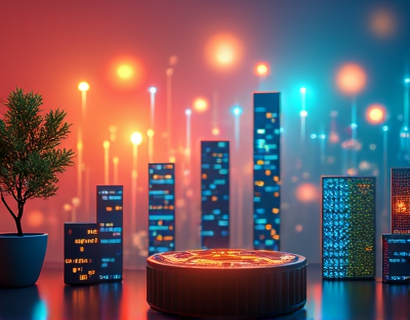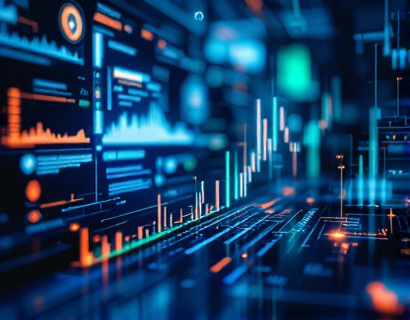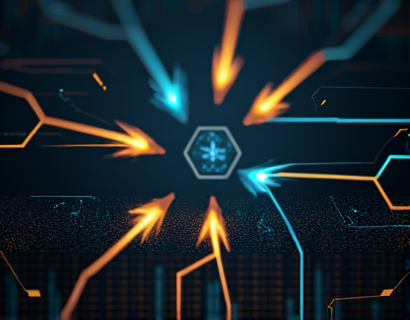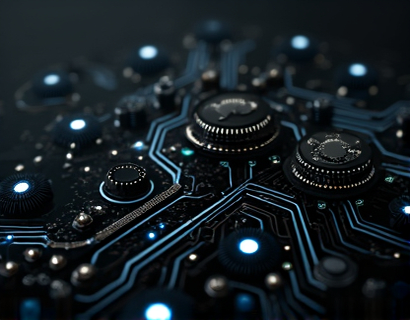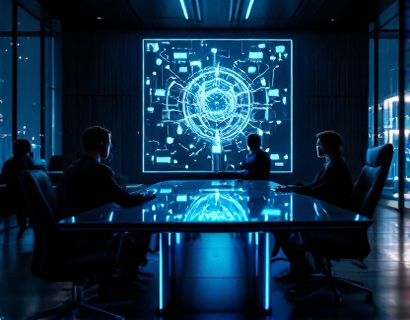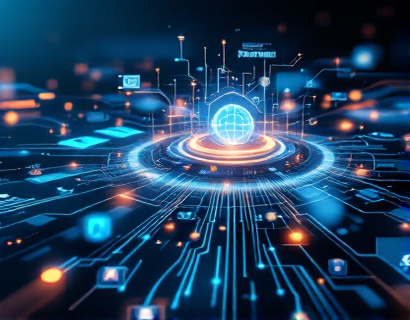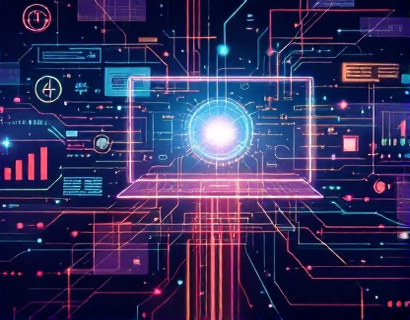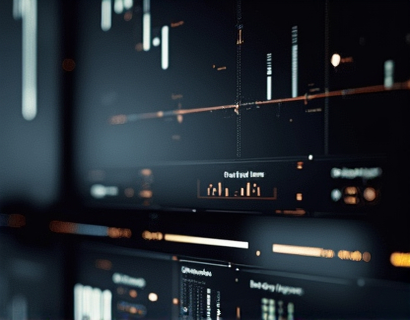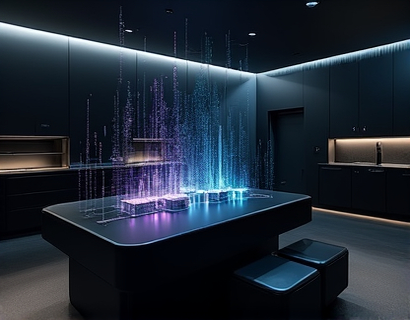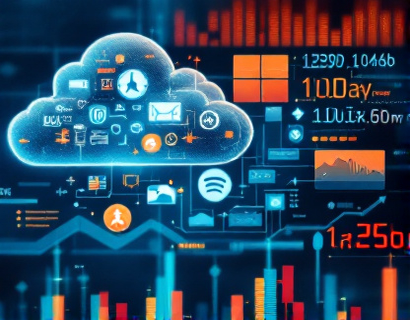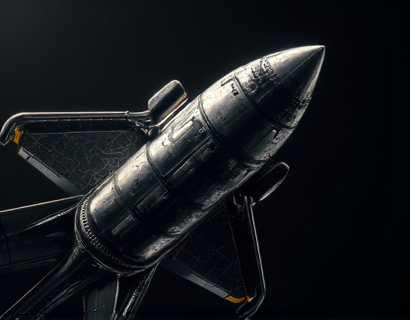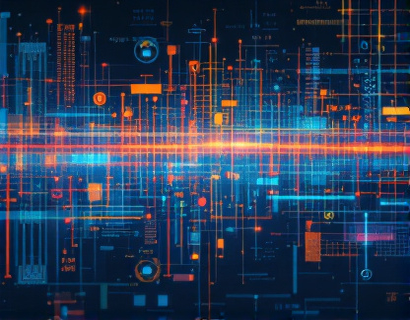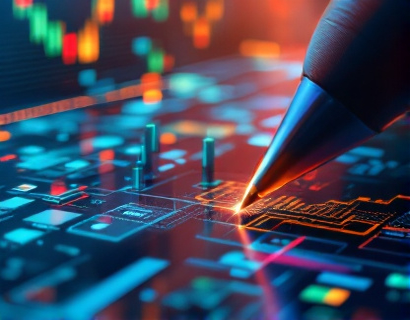Blockchain for Art: Revolutionizing the Preservation and Tracking of Historical Artifacts with Decentralized Solutions
The art world is on the cusp of a transformative era, driven by the integration of blockchain technology. This innovative approach promises to revolutionize the preservation and tracking of historical artifacts and artworks, ensuring their authenticity and provenance are verifiable and secure. By leveraging decentralized solutions, blockchain technology fosters trust and collaboration among collectors, museums, and cultural institutions, safeguarding our shared cultural heritage for future generations.
Blockchain, at its core, is a distributed ledger technology that records transactions across multiple computers in such a way that the registered transactions cannot be altered retroactively. This inherent characteristic makes it an ideal tool for the art world, where the authenticity and provenance of artworks are paramount. Traditional methods of verifying an artwork's history and ownership are often cumbersome, prone to fraud, and lack transparency. Blockchain offers a decentralized, immutable, and transparent alternative.
Verifying Authenticity and Provenance
The authenticity of an artwork is crucial for its value and legitimacy. Blockchain technology can provide an unbreakable chain of custody, documenting every transaction and ownership change since the artwork's creation. Each block in the chain contains a cryptographic hash of the previous block, along with transaction data, making it virtually impossible to alter past records without detection. This ensures that the provenance of an artwork is tamper-proof and verifiable by anyone with access to the blockchain.
For instance, when an artist creates a piece, the blockchain can record the creation date, the artist's signature, and any relevant certificates of authenticity. As the artwork changes hands, each transaction is logged on the blockchain, creating a comprehensive and transparent history. Collectors and institutions can easily verify the artwork's authenticity by checking the blockchain records, reducing the risk of purchasing counterfeit pieces.
Enhancing Trust and Collaboration
The art market is often characterized by a lack of trust and fragmented information. Blockchain technology addresses these issues by providing a centralized yet decentralized platform where all stakeholders can collaborate and access accurate information. Museums, galleries, and collectors can work together to create a shared database of artworks, ensuring that everyone has access to the same data.
This collaborative approach not only enhances trust but also promotes transparency. For example, a museum can verify the provenance of a loaned artwork by consulting the blockchain, ensuring that the piece has a clean and documented history. Similarly, collectors can confidently invest in artworks, knowing that the blockchain provides a reliable record of ownership and authenticity.
Safeguarding Cultural Heritage
The preservation of cultural heritage is a global concern, and blockchain technology can play a significant role in this effort. Historical artifacts and artworks are often at risk due to theft, loss, or destruction. Blockchain can help track and monitor these items, providing a secure and immutable record of their location and status.
For instance, during conflicts or natural disasters, cultural institutions can use blockchain to document the current whereabouts of their collections. This information can be crucial for recovery efforts and can help prevent the illicit trade of stolen artifacts. Additionally, blockchain can assist in the repatriation of cultural items by providing irrefutable evidence of ownership and historical significance.
Streamlining Ownership and Transfer Processes
The process of transferring ownership of artworks is often complex and time-consuming, involving multiple parties and documentation. Blockchain simplifies this process by automating and securing each step. Smart contracts, self-executing contracts with the terms directly written into code, can automate the transfer of ownership once certain conditions are met.
For example, a smart contract can be programmed to transfer ownership of an artwork to a new buyer once the payment is confirmed. This not only speeds up the process but also reduces the risk of errors or disputes. The immutable nature of blockchain ensures that once a transaction is recorded, it cannot be altered, providing a high level of security and trust.
Benefits for Collectors and Enthusiasts
Collectors and art enthusiasts stand to gain significantly from the adoption of blockchain technology in the art world. The ability to verify the authenticity and provenance of artworks with ease enhances the collecting experience, providing peace of mind and confidence in their investments.
Moreover, blockchain can democratize access to art by reducing the barriers to entry. Smaller collectors and emerging artists can benefit from a more transparent and fair market, where the value of an artwork is based on its intrinsic qualities and provenance rather than on opaque and potentially fraudulent practices.
Challenges and Considerations
While the potential benefits of blockchain in the art world are substantial, there are also challenges and considerations to address. One of the primary challenges is the need for widespread adoption and standardization. For blockchain to be effective, it must be embraced by a significant portion of the art community, including artists, collectors, museums, and auction houses.
Another consideration is the technical complexity of blockchain technology. Many stakeholders in the art world may not be familiar with blockchain, and education and training will be essential to facilitate its adoption. Additionally, issues related to privacy and data security must be carefully managed to ensure that sensitive information is protected.
Case Studies and Real-World Applications
Several initiatives and projects are already leveraging blockchain technology in the art world, demonstrating its potential and practical applications.
One notable example is the use of blockchain for digital art. Platforms like SuperRare and KnownOrigin use blockchain to authenticate and sell unique digital artworks, ensuring that each piece has a verifiable provenance and ownership history. These platforms have gained recognition and acceptance in the art community, paving the way for broader adoption.
In the physical art market, some auction houses and galleries are exploring the use of blockchain to enhance transparency and security. For instance, Christie's has experimented with blockchain to verify the authenticity of high-value artworks, providing buyers with additional assurance and confidence.
Future Prospects
The integration of blockchain technology in the art world is still in its early stages, but the potential for transformation is immense. As more stakeholders adopt and integrate blockchain solutions, the art market is likely to become more transparent, secure, and efficient.
Looking ahead, we can expect to see further innovations such as the use of blockchain for art conservation and restoration. By recording the materials and techniques used in the creation and restoration of artworks, blockchain can help preserve the knowledge and skills required for future conservation efforts. Additionally, blockchain can facilitate the creation of digital twins of physical artworks, allowing for virtual exhibitions and broader access to cultural heritage.
The future of the art world is being redefined by blockchain technology, offering a promising path toward a more trustworthy, collaborative, and sustainable cultural heritage management system.





